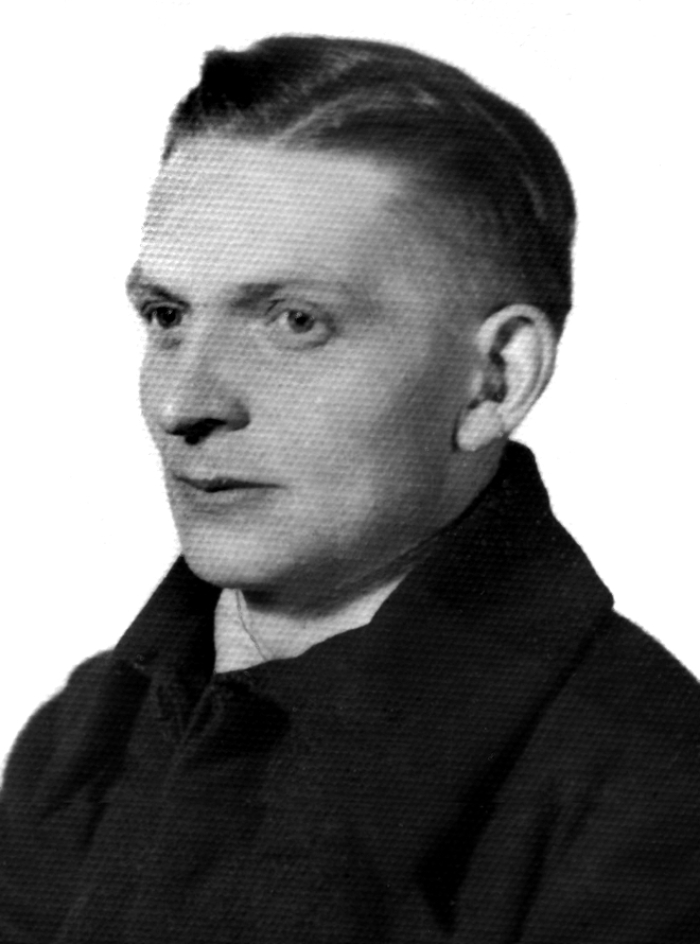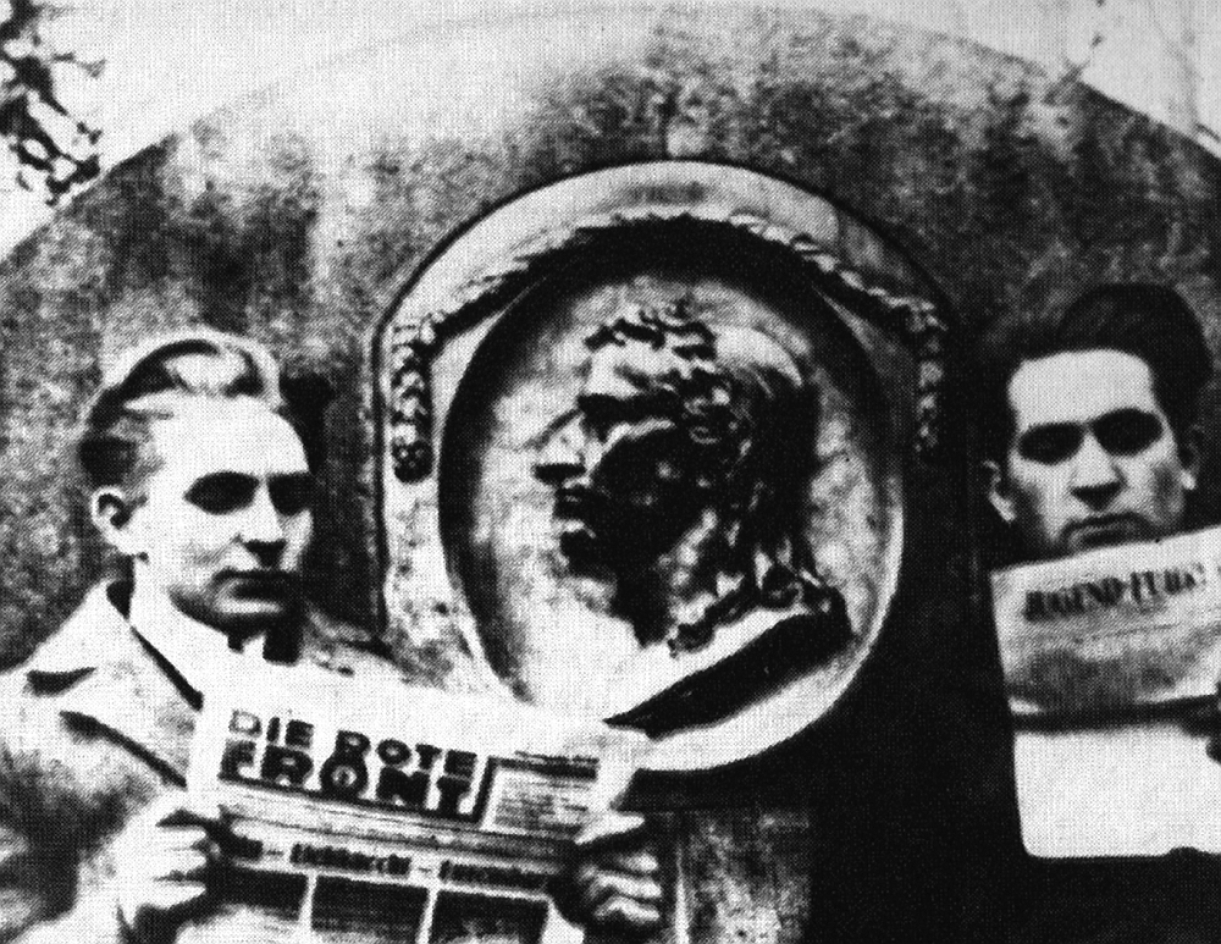

Ludwig Einicke was one of the leading members of the Communist Party in Nordhausen during the Weimar Republic. After the National Socialist takeover, he was arrested by the Gestapo and survived several concentration camps.
Einicke was born in Nordhausen on 12 August 1904, as the son of a clerk and a seamstress. He attended the local school and then completed an apprenticeship as a pattern maker. Ludwig Einicke was a co-founder of the local branch of the "Communist Youth Organisation of Germany" in Nordhausen and served as the political leader of the KPD Nordhausen from 1920 to 1924. In the 1920s, he was sentenced to several prison terms for illegal political activities and participation in banned demonstrations.
Shortly before the National Socialists came to power, the KPD leadership sent Ludwig Einicke to Moscow to study at the "International Lenin School" for two years.
After his return, he was active in the communist resistance. In 1935, the Gestapo arrested Ludwig Einicke for "preparation for high treason". After serving a three-year prison sentence, the Gestapo transferred him to the Buchenwald concentration camp. From there, the SS deported him to the Majdanek concentration camp in 1941, then to Auschwitz and finally to the Mauthausen concentration camp, where he was liberated by the Americans on 5 May 1945.
After the end of the war, Ludwig Einicke began a successful career in the SED. He initially held the position of Ministerial Director in the Ministry of Public Education in Saxony-Anhalt. From 1953, Ludwig Einicke was head of the Marx-Engels-Lenin-Stalin Institute in Berlin (later the Institute for Marxism-Leninism). From 1962, he was Deputy Director General of the German National Library in Berlin. Ludwig Einicke was a member of the executive committee of the Committee of Anti-Fascist Resistance Fighters of the GDR and head of an organisation of survivors of the Mauthausen concentration camp. He died on 11 October 1975 at the age of 71.
Until 1989, the Nordhausen-Ost primary and secondary school bore Ludwig Einicke's name. On the initiative of the Association of Persecutees of the Nazi Regime, a memorial plaque to Ludwig Einicke was unveiled in the entrance area of the school in November 2005.
